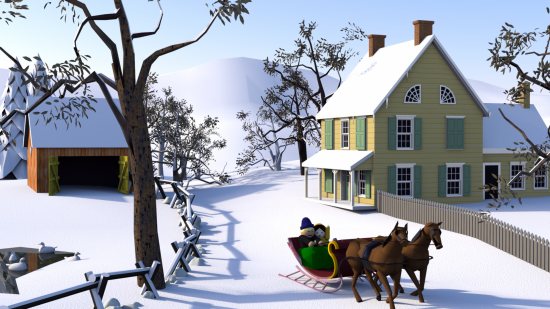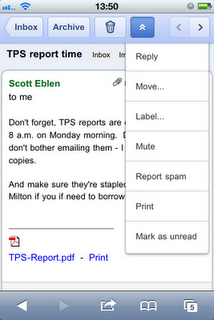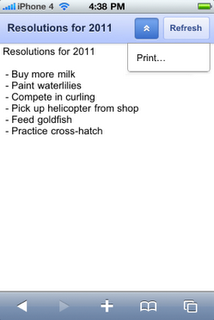Many users rely on apps to provide timely notifications for things like calendar events and incoming chat messages, but find it cumbersome to always keep a Chrome window open. Extensions and packaged apps can already display notifications and maintain state without any visible windows, using background pages. This functionality is now available to hosted apps – the most common form of apps in the Chrome Web Store – via a new background window mechanism.
Apps and extensions that use the new “background” feature can continue to run in the background—even if the user closes down all of Chrome’s windows. “Background apps” will continue to run until Chrome exits. The next time Chrome starts up, any background windows that were previously running will also be re-launched. These windows are not going to be visible but they will be able to perform tasks like checking for server-side changes and pre-emptively loading content into local storage.
One way you can use background windows is to preload content and data so that they are immediately available when the user opens your app. You could also issue HTML5 notifications to alert the user when important events occur—for example, a friend wants to initiate a chat session. There are plenty of possibilities here, and we look forward to seeing what you’ll do.
To protect our users’ privacy, we’ve made this functionality available only to apps and extensions; regular websites will not be able to open background windows. Developers will also need to declare the “background” capability on their apps.

Users can easily see which background apps (and extensions) are running in their system through the “Background Apps” menu of the Chrome icon in the system tray (Windows/Linux) or dock (Mac). Chrome will automatically load background components when the user logs in, and the Chrome icon will remain in the system tray or dock as long as background apps are running- even if all Chrome windows are closed. To close all background components, a user just needs to exit Chrome.
The feature is already available in Chrome’s Dev channel. For details on the API, check out our developer’s guide, which also includes sample apps to try out.
Posted by Andrew Wilson, Software Engineer and Michael Mahemoff, Developer Relations





